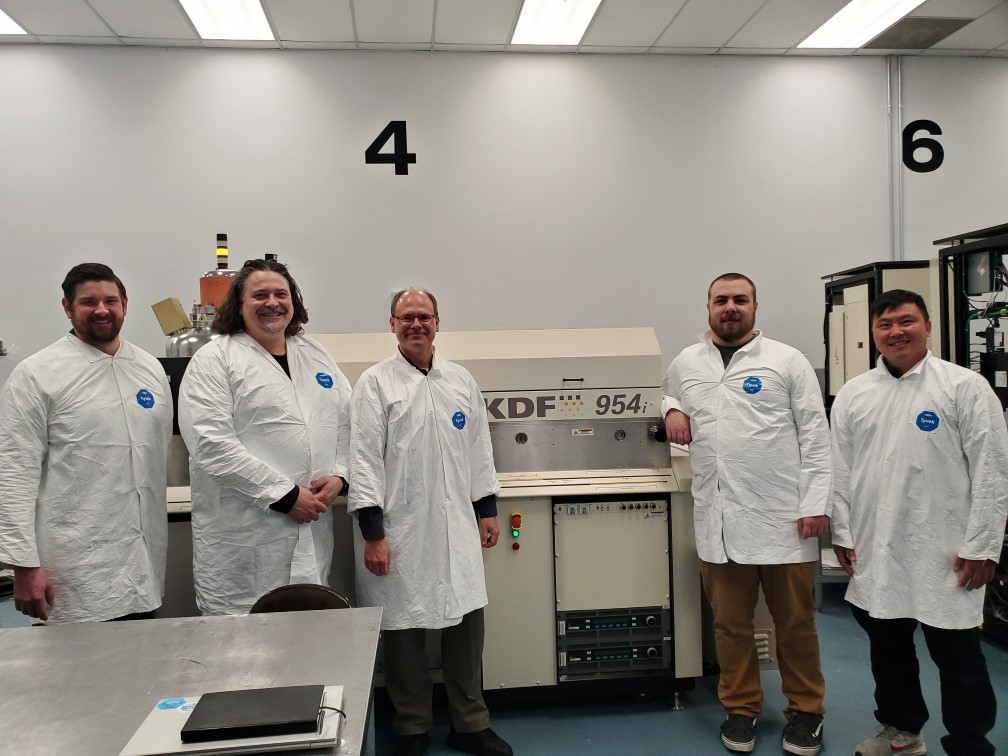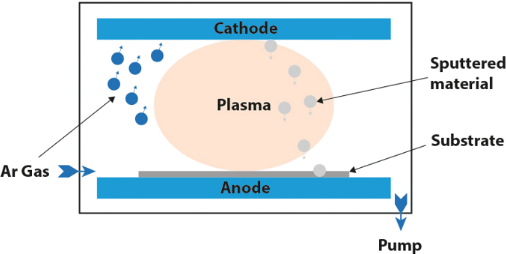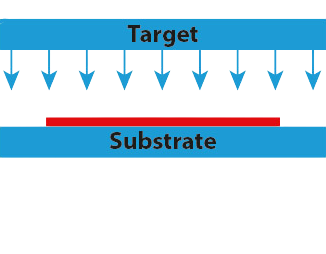KDF Technologies recently hosted the team from Boston Scientific for acceptance of their new KDF Technologies, LLC 954i sputter system. The 954i will join Boston Scientifics existing fleet of KDF sputter tools to apply critical thin films to medical devices.
KDF has a range of multi-cathode linear sputter platforms for all of your thin film deposition needs. Contact us for more details. #medicaldevices #thinfilms #thinfilmdeposition KDF Technologies, LLC #inlinewithyourprocess Kurt J. Lesker Company #enablingtechnologyforabetterworld






